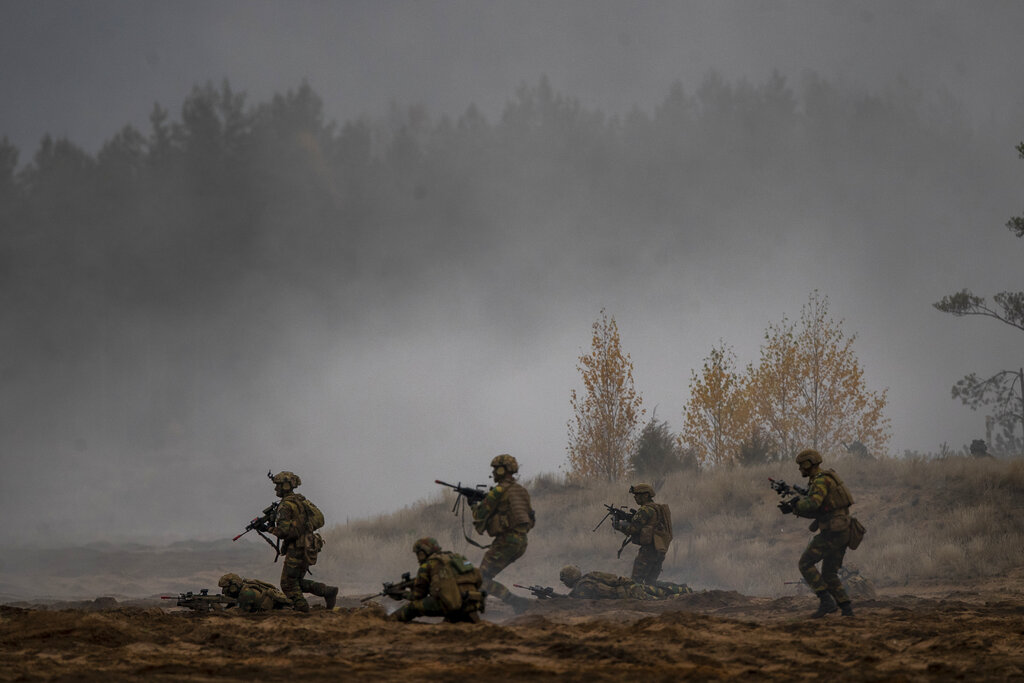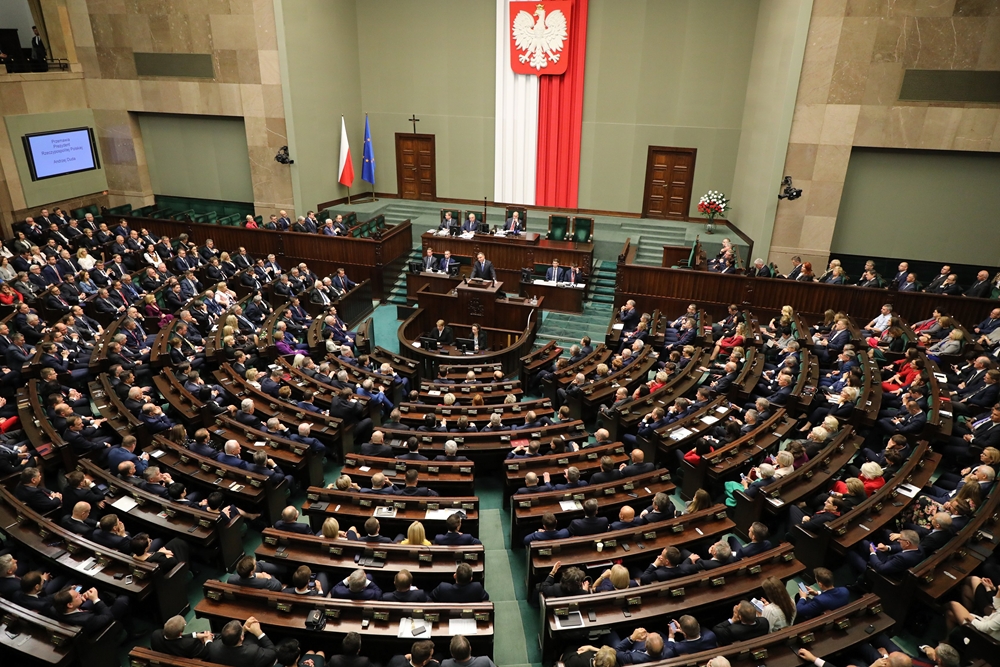Lithuania, Latvia, and Estonia, small in both size and population, are bolstering their defenses through NATO and EU alliances and mutual cooperation in anticipation of potential aggression from Russia.
The Baltic nations face a significant strategic challenge due to the threat posed by Russia, from which they separated just 35 years ago following the dissolution of the USSR. Russia’s aggressive stance has been notably evident since its invasion of Ukraine, periodically threatening the Baltic republics.
Being part of NATO and the European Union, these countries have established various bilateral agreements for specific forms of cooperation, such as Estonia and Finland’s defense collaboration since 2022.
Their geographical position does not favor defense; they are small countries lacking strategic depth. Their only physical connections are through the Baltic Sea and air support from allies, with Lithuania having a narrow land link with Poland, the Suwałki Gap, which might be difficult to use for larger forces.
Although allied troops are stationed in their territories, these are isolated and not particularly strong, with potential reinforcements being mainly light airmobile units (especially from the USA and elements of Poland’s 6th Airborne Brigade).
The nations also face limitations in material resources, with defense budgets for 2024 set at €2.1 billion, €1.1 billion, and €1.3 billion, respectively. Thus, the Baltic states have opted for military cooperation to enhance their defense efficiency.
A notable example of their cooperation is the joint plan announced in January to construct a line of fortifications along the border with Russia and Belarus, covering a total length of 1,194 km (plus 273 km of the border with the Kaliningrad region). Each country will individually choose the means to strengthen the border.
Estonia plans to build 600 bunkers along its border with Russia, designed to blend into the landscape and evade enemy detection, with an investment likely exceeding €60 million. In contrast, Lithuania will create 20 engineering barrier warehouses, including anti-tank obstacles like metal and reinforced concrete barriers and barbed wire rolls, spending about €32 million this year, with a significant portion of the funds being spent locally. Moreover, Lithuania plans to prepare roads, bridges, and viaducts for demolition and use drainage ditches as bases for anti-tank ditches.
Although the plans of each country differ, they aim to coordinate their efforts. This cooperation may not result in a continuous line of fortifications akin to France’s pre-war Maginot Line but rather three distinct, interconnected lines of various structures. This approach leverages Lithuania and Latvia’s experiences in constructing temporary border security measures with Belarus during the migration crisis of 2021-2022.
The objective of these engineering obstacles and bunkers, complemented by the natural defensive terrain, is to delay or even stop Russian military advances westward if necessary, enabling allied reinforcements to arrive. This strategy is crucial for the success of offensive operations, as demonstrated by the Ukrainian war, where deeply layered defenses supported by fortifications could halt even much larger forces. The Baltic states’ decision to revisit these somewhat forgotten defensive tools is not surprising given the circumstances.
The cooperation extends beyond just building fortifications. The Baltic states are jointly procuring weaponry, including artillery rocket systems like the M142 HIMARS, with the U.S. covering part of the costs and future purchases planned. Notably, these acquisitions include ballistic missiles capable of striking military targets in cities like St. Petersburg and Pskov.
Latvia and Estonia are also jointly purchasing a medium-range (effectively short-range, like Poland’s NAREW system) air defense system, with potential options including the German IRIS-T SLM, British SkyCeptor, Norwegian-American NASAMS, and Israeli SPYDER systems.
Joint procurement efforts aim to ensure interoperability between the Baltic states’ armed forces, reducing defense costs and improving efficiency. This cooperation could lead to further collaborations, such as organizing new military structures, and presents an opportunity for the Polish defense industry, which has already seen Estonia purchase Polish Piorun anti-aircraft missiles, with Lithuania potentially following suit.





